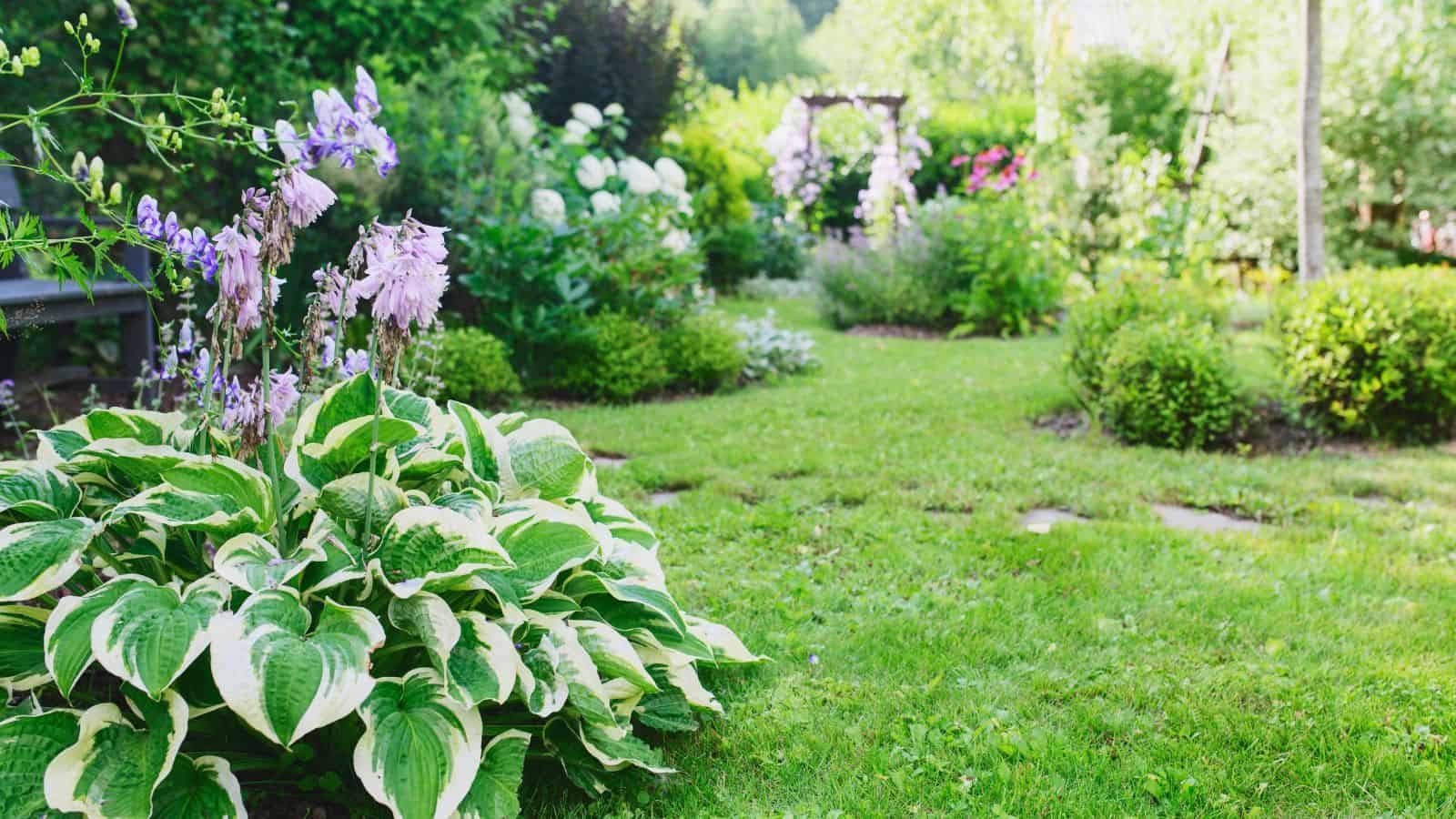Designing a wildlife-friendly landscape helps support local ecosystems and brings your garden to life with the presence of birds, butterflies, and other wildlife. Here are 12 tips for creating a wildlife-friendly garden.

1. Use Native Plants
Native plants are well-adapted to local conditions and provide food and shelter for local wildlife. They require less water and maintenance compared to non-native species, making them an excellent choice for a wildlife-friendly garden.
2. Provide Water Sources
Include water features such as birdbaths, ponds, or shallow dishes to provide drinking and bathing water for wildlife. Ensure that water sources are clean and accessible to different types of animals.
3. Create Shelter
Incorporate trees, shrubs, and brush piles to offer shelter and nesting sites for birds and small animals. Dense foliage provides protection from predators and harsh weather conditions.
4. Plant a Variety of Flowers
Use a variety of flowering plants to attract pollinators like bees and butterflies throughout the growing season. Choose plants with different bloom times to ensure a continuous supply of nectar.
5. Avoid Pesticides
Minimize or eliminate the use of chemical pesticides, which can harm beneficial insects and other wildlife. Instead, use natural pest control methods such as companion planting and introducing beneficial insects like ladybugs and predatory beetles.
6. Provide Food Sources
Plant fruit-bearing trees and shrubs, and consider adding feeders to supplement food sources during lean times. Bird feeders, nectar feeders, and suet feeders can attract a wide range of birds to your garden.
7. Install Birdhouses and Bat Boxes
Provide nesting sites for birds and bats to encourage them to take up residence in your garden. Birdhouses should be placed in quiet, sheltered areas, while bat boxes should be mounted high on buildings or trees.
8. Create a Pollinator Garden
Designate an area of your garden specifically for pollinators with a mix of nectar and pollen-rich plants. Include plants that bloom at different times of the year to support pollinators throughout the seasons.
9. Leave Some Areas Undisturbed
Allow parts of your garden to remain wild and undisturbed to provide natural habitats for wildlife. Leave piles of leaves, logs, and rocks to create shelter for small animals and insects.
10. Use Organic Mulch
Organic mulch improves soil health and provides habitat for beneficial insects. Mulch also helps retain moisture and suppress weeds, creating a healthier environment for plants and wildlife.
11. Plant in Layers
Create layers of vegetation with ground covers, mid-height plants, and taller trees and shrubs to mimic natural habitats. This provides diverse habitats for different species and helps support a variety of wildlife.
12. Incorporate Natural Materials
Use natural materials such as rocks, logs, and branches to create a more natural and inviting environment for wildlife. These materials can be used to build habitats, create barriers, and enhance the overall look of your garden.
